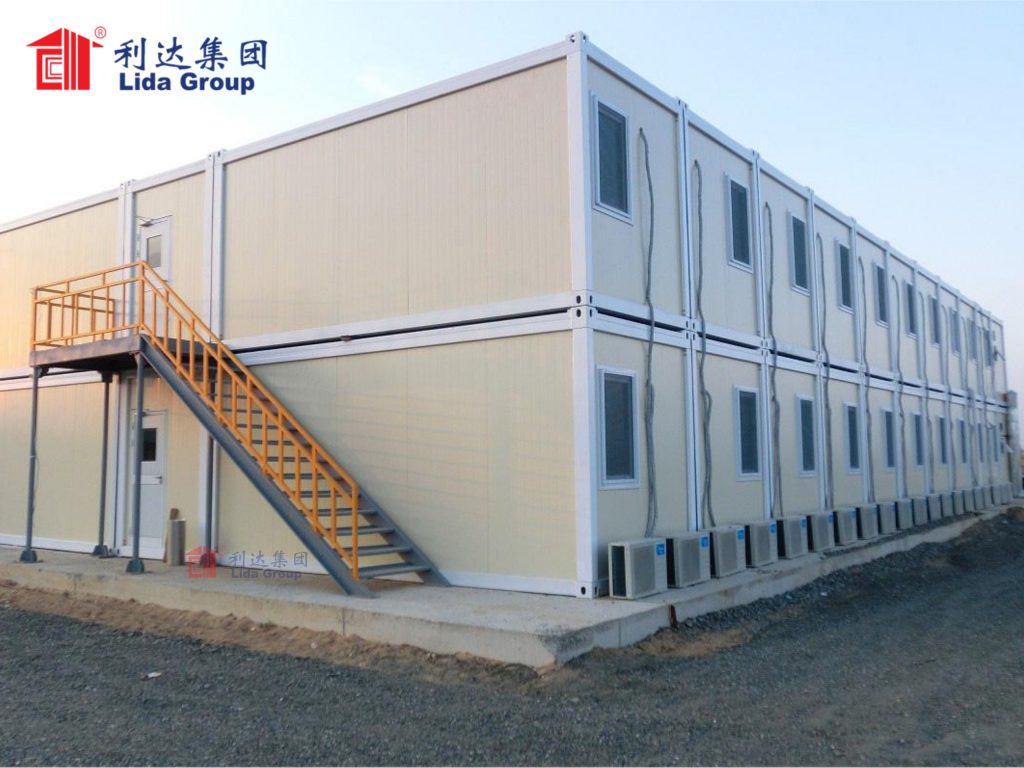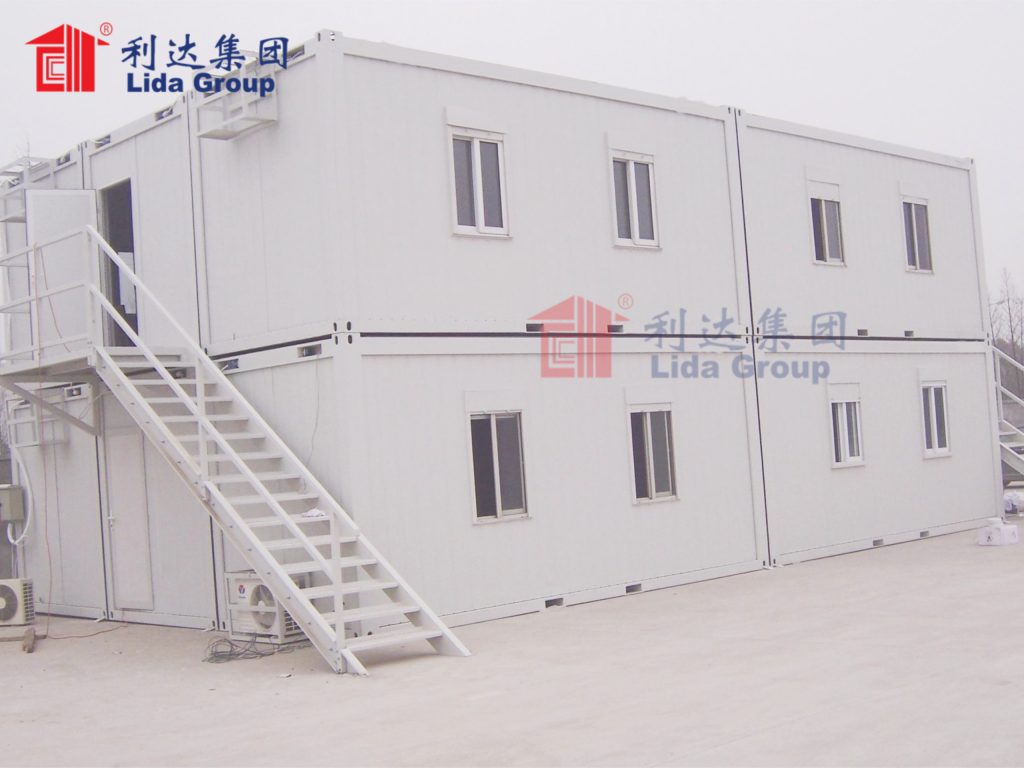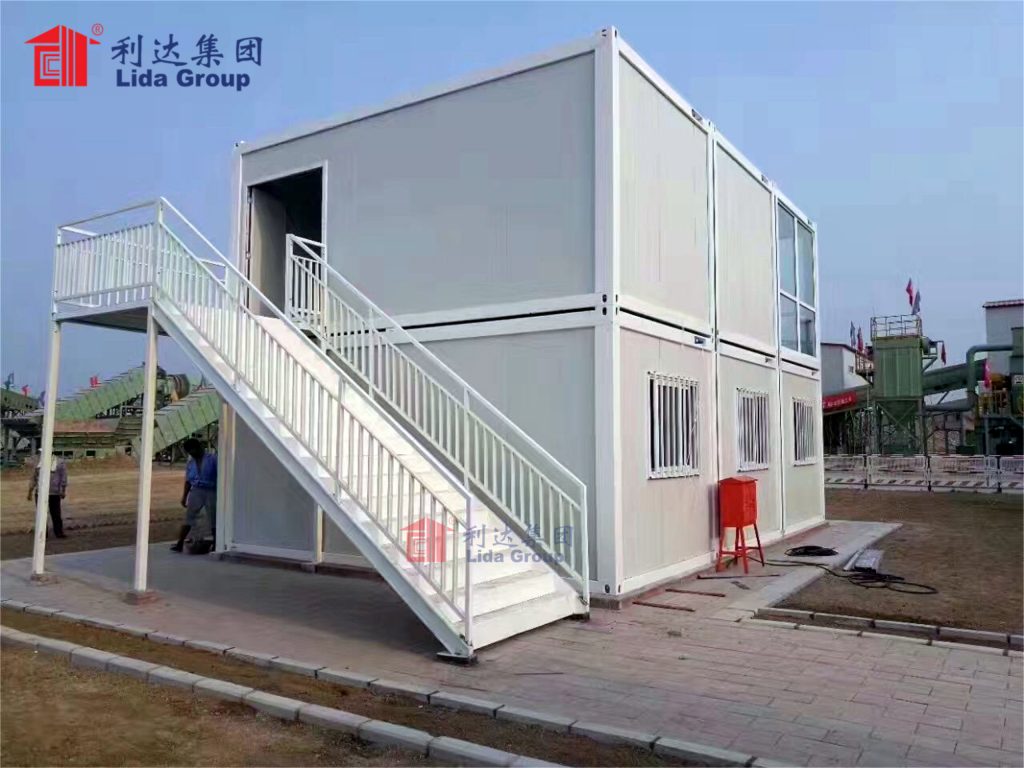As digitally designed prefabrication technologies evolve housing production capabilities, architects explore innovative construction techniques optimizing modular structures for impermanence or remote deployment. 3D printing now manufactures entire homes, opening new possibilities minimizing waste through additive fabrication. Researchers recognize the method could streamline portable prefab designs constructed within standardized container frames. Partnering with experts in containerized prefab housing, architects embarked prototyping structural wall panels 3D printed for flat-pack assembly testing new efficient construction.
The Shandong-based social enterprise Lida Group emerged leaders portable prefab living through containerized solutions assembled off-site requiring minimal tools. Their success inspired architects collaborating refine modular systems facilitating rapid emergency shelter deployment. Together with Lida, they commenced 3D printing structural insulated wall panels interlocking compact prefab structures transportable worldwide.

Computer modeling optimized panel geometries structurally supported yet minimizing material consumption through internal voids. Thermoplastic composite filaments extruded sustainably without volatile compounds met insulation and strength requirements. Large-format hybrid printers laid down integrated layers forming complete rigid wall cassettes installed as shipping container cladding. Prefabricated trusses, doors and windows joined flat-packed internals protected during transit.
Initial 1:1 scale prototypes tested structural integrity under simulated loadbearing and weather conditions. Durable insulated panels arrived as near-net-shape components minimizing construction waste versus sheet materials. Precision connections fused interfacing pieces without fasteners, speeding assembly. Field joinery trials assembled full container-scale structures mechanically without adhesives relying tools or site preparation beyond cleared footprints.
Encouraged, architects partnered humanitarian organizations trialling the digitally fabricated housing on Philippine islands severely impacted seasonal typhoons. Transport containers pre-loaded interlocking panels, trusses and fittings for remote assembly demonstrations. Volunteer builders unpacked labeled components erecting complete shelters within a day’s work according to supplied visual assembly manuals. Without trades expertise normally required, simple modular construction succeeded aided on-site Lida technicians.

Inspected units exhibited strength and weatherproofing exceeding design thresholds. Occupants comfortably weathered monsoon seasons within stabilized indoor environments versus prone tent living dependence relief cycles. As planned, structures disassembled protecting panels flat-packed efficiently reused according emergencies. Field success proved 3D printed structural insulated wall panels streamlined portable prefab housing assembly without construction delays affording dignified sheltering rapidly where most needed.
Emboldened by field validations, architects pursued humanitarian applications through cooperating designers globally. Open-source digital models freely share portable shelter structural systems internationally optimized respective geoclimates. Standardized interconnecting wall cassettes digitally manufactured locally according disaster-stricken areas utilize regionally available printers according need. As assembly requires no construction trade skills, models ready worldwide grassroots deployment through self-assembled relief villages.
This proof-of-concept demonstrates potentials when design and additive making collaborate addressing humanity’s pressing challenges. 3D printed construction streamlines modular prefab assembly rapidiating dignified shelter provision to vulnerable populations precariously reliant infrastructure collapse post-disaster. Portable living standards uplift communities through architecture dignifying humanity shared across borders uniting diverse perspectives innovating solutions together.

While further field-testing refines applications, architects envision scaled-up digital production centers distributing portable prefab building blocks sustaining self-determined community development globally. Cooperatively open-sourced models further decentralizing dignified housing construction empower self-determination through standardization. Ultimately, 3D printing shows potential revolutionizing prefabrication achieving housing as basic human right universally through collaborative grassroots innovation.
In conclusion, architects pioneering 3D printed structural wall panels for flat-pack prefab container housing proved streamlining dignified shelter construction. Field deployments exemplified humanitarian potential when design merges digitally optimized modular living standards portable internationally. Cooperatively advancing open-source portable prefab structural systems cultivates dignified shelter reconstructed worldwide through minimal-trade skill assembly uniquely positioning humanity unite empowering communities through architecture globally in times most direly needed.

Related news
-
Off-grid dwellers commission Lida Group to produce fully insulated prefab container cabins atop wheeled chassis for hassle-free relocation between seasonal properties.
2024-10-15 15:50:31
-
Customizable Office Design Modular Building Prefabricated House Detachable Flat Pack Container House
2024-10-11 14:31:01
-
Renowned architectural firm Zaha Hadid designs high-end concept mobile studio deployed as foundation-free prefabricated sandwich panel structure on minimal metal chassis by Lida Group.
2024-10-12 15:38:48
contact us
- Tel: +86-532-88966982
- Whatsapp: +86-13793209022
- E-mail: sales@lidajituan.com


